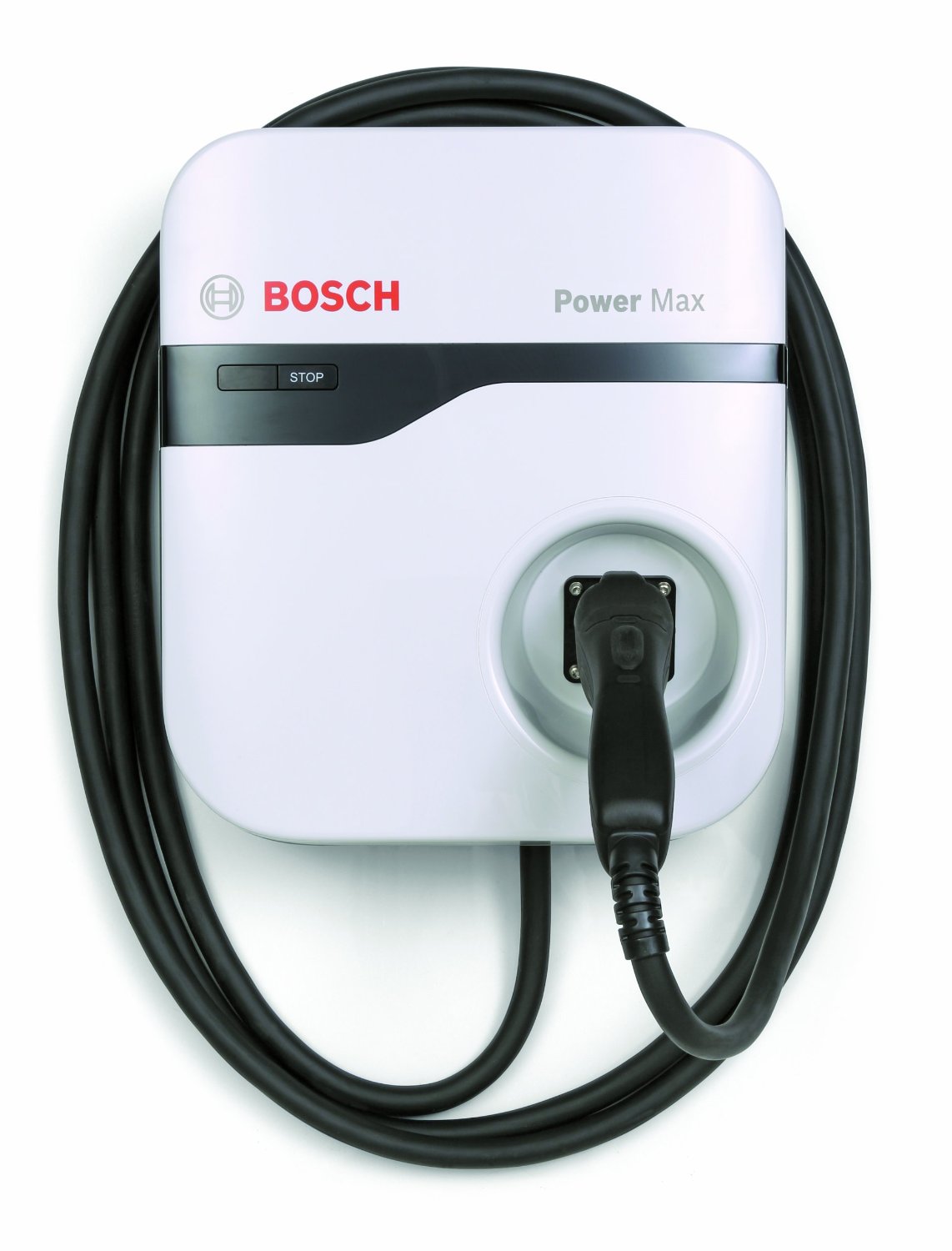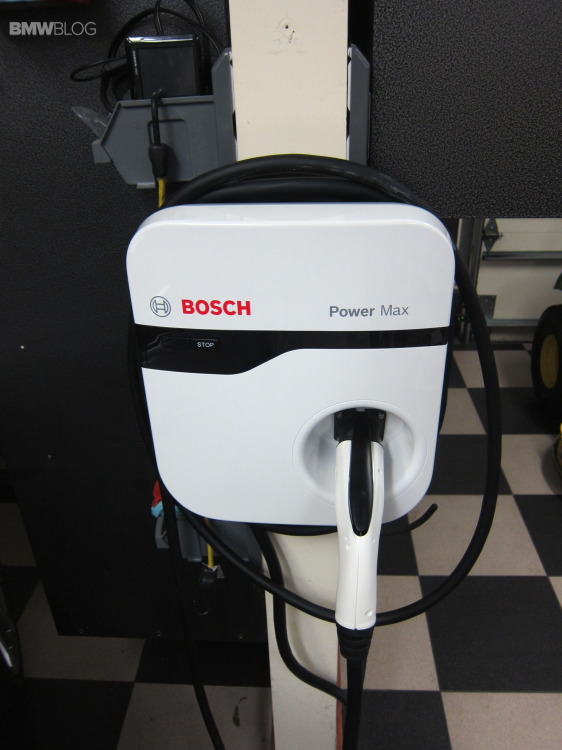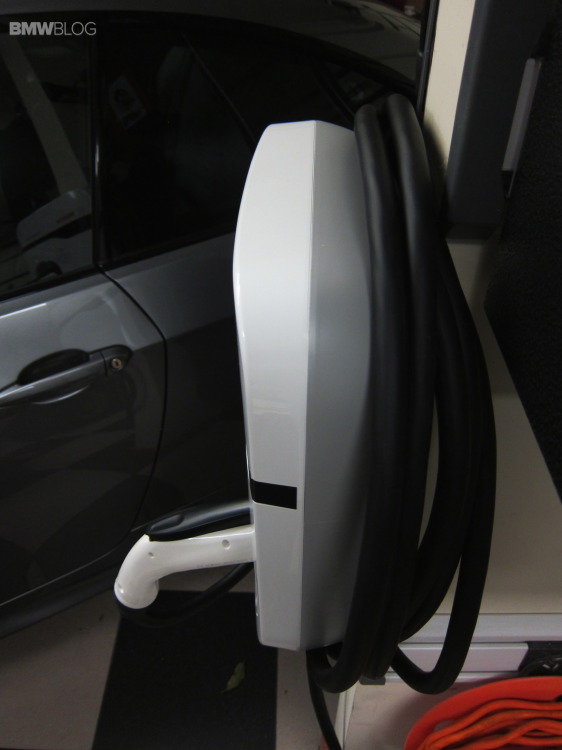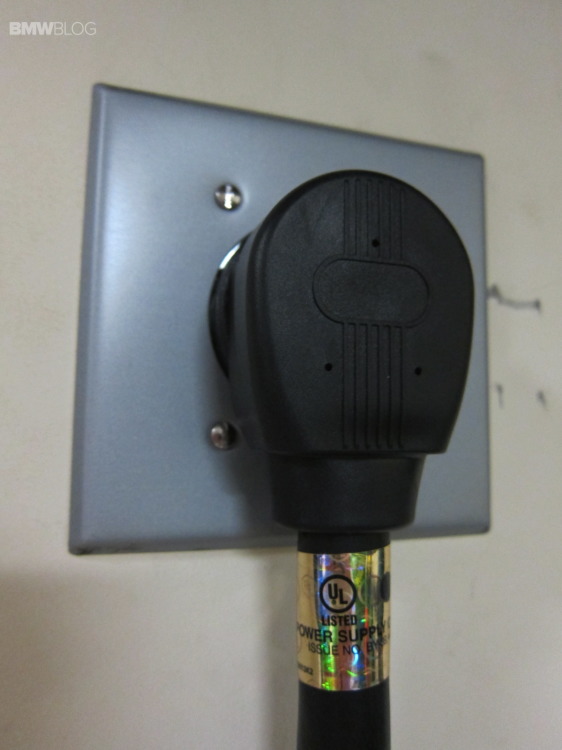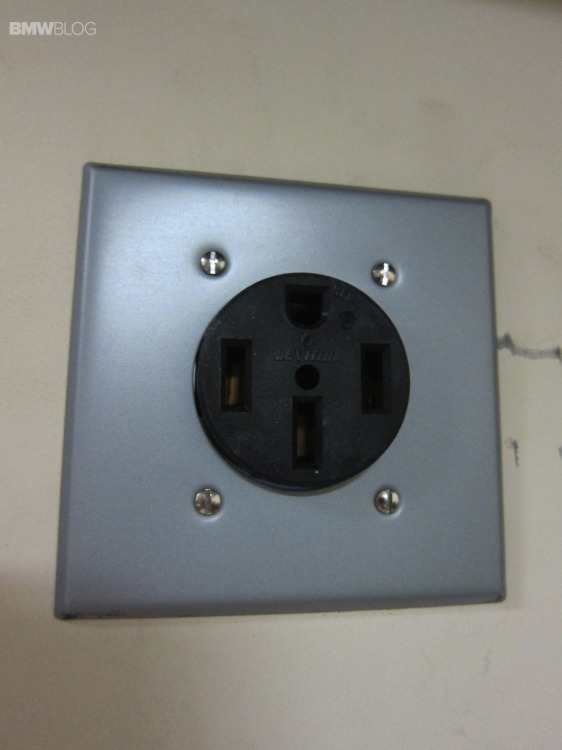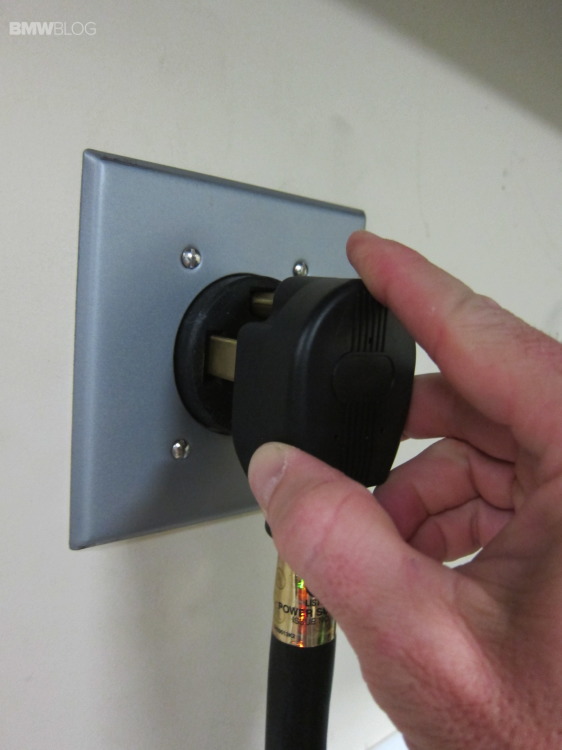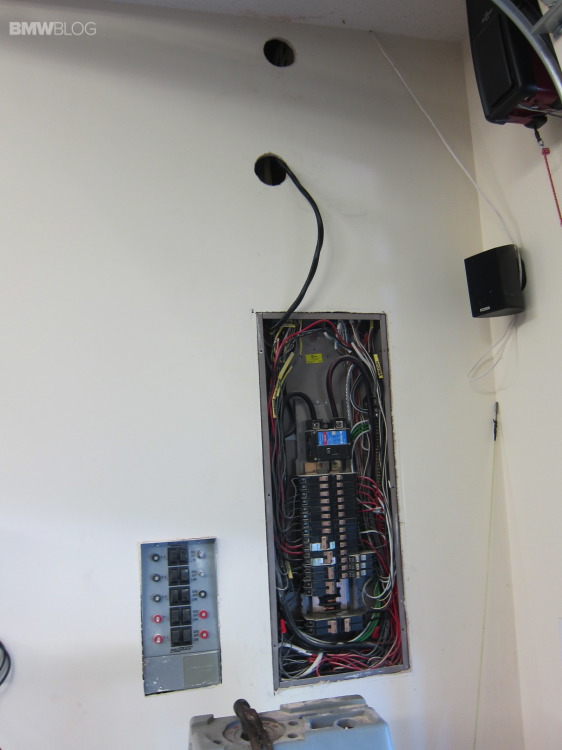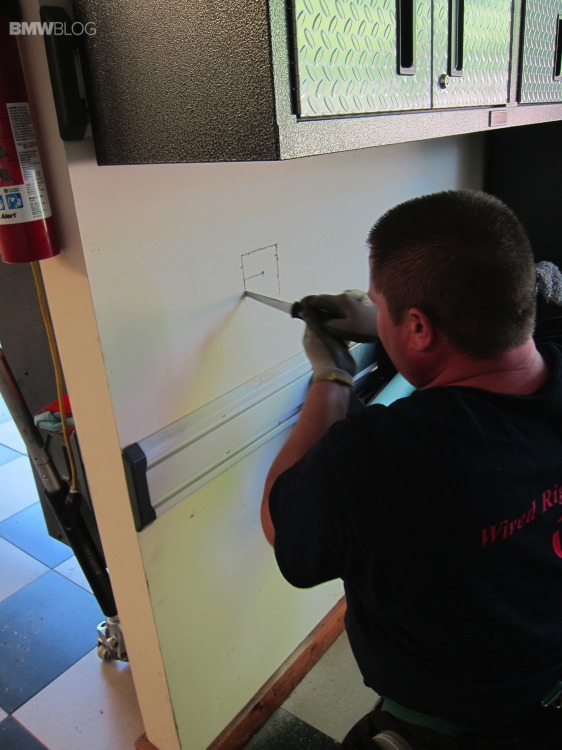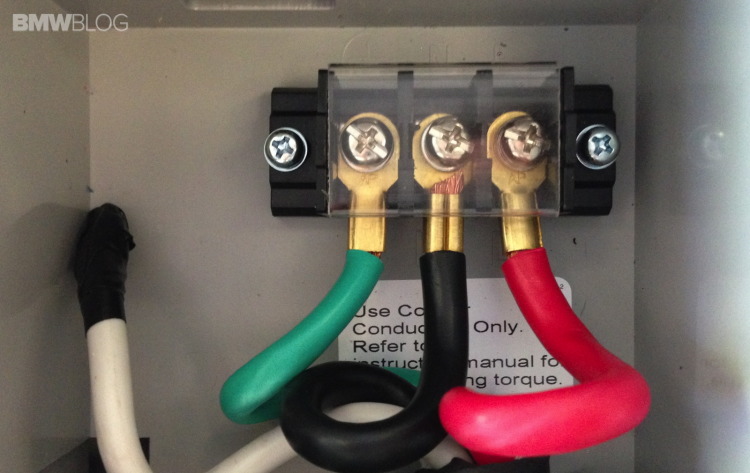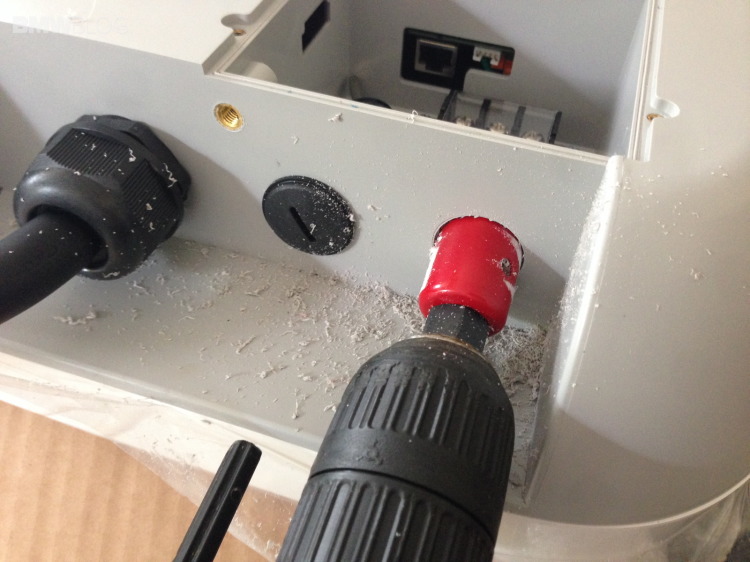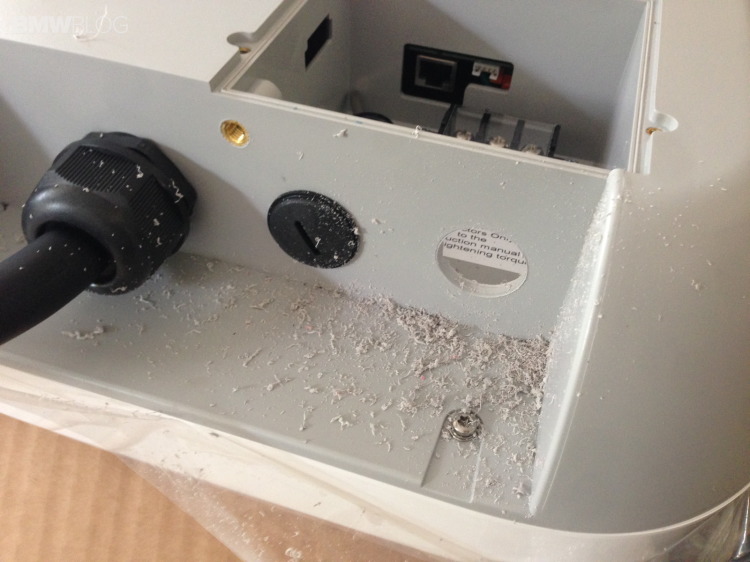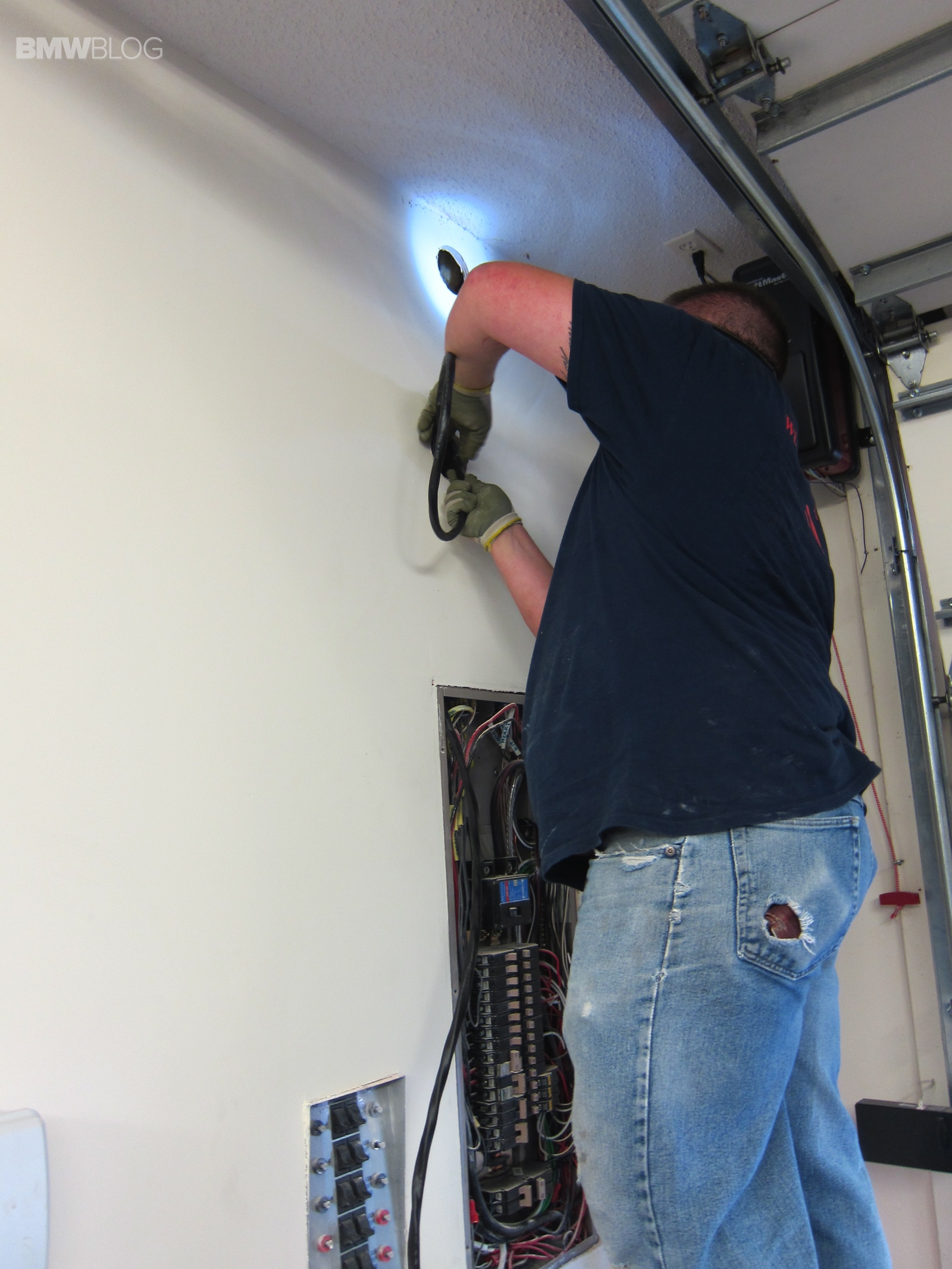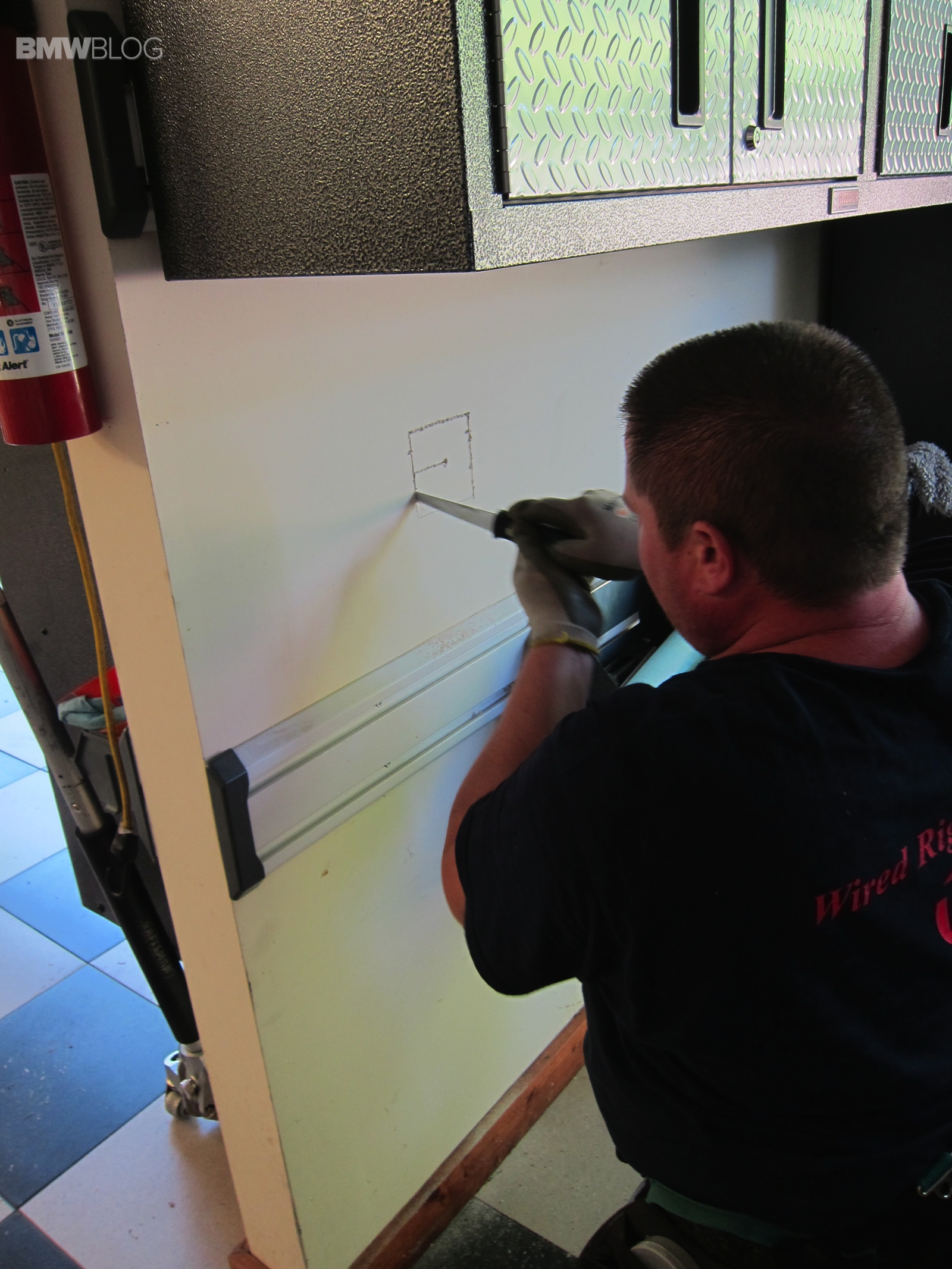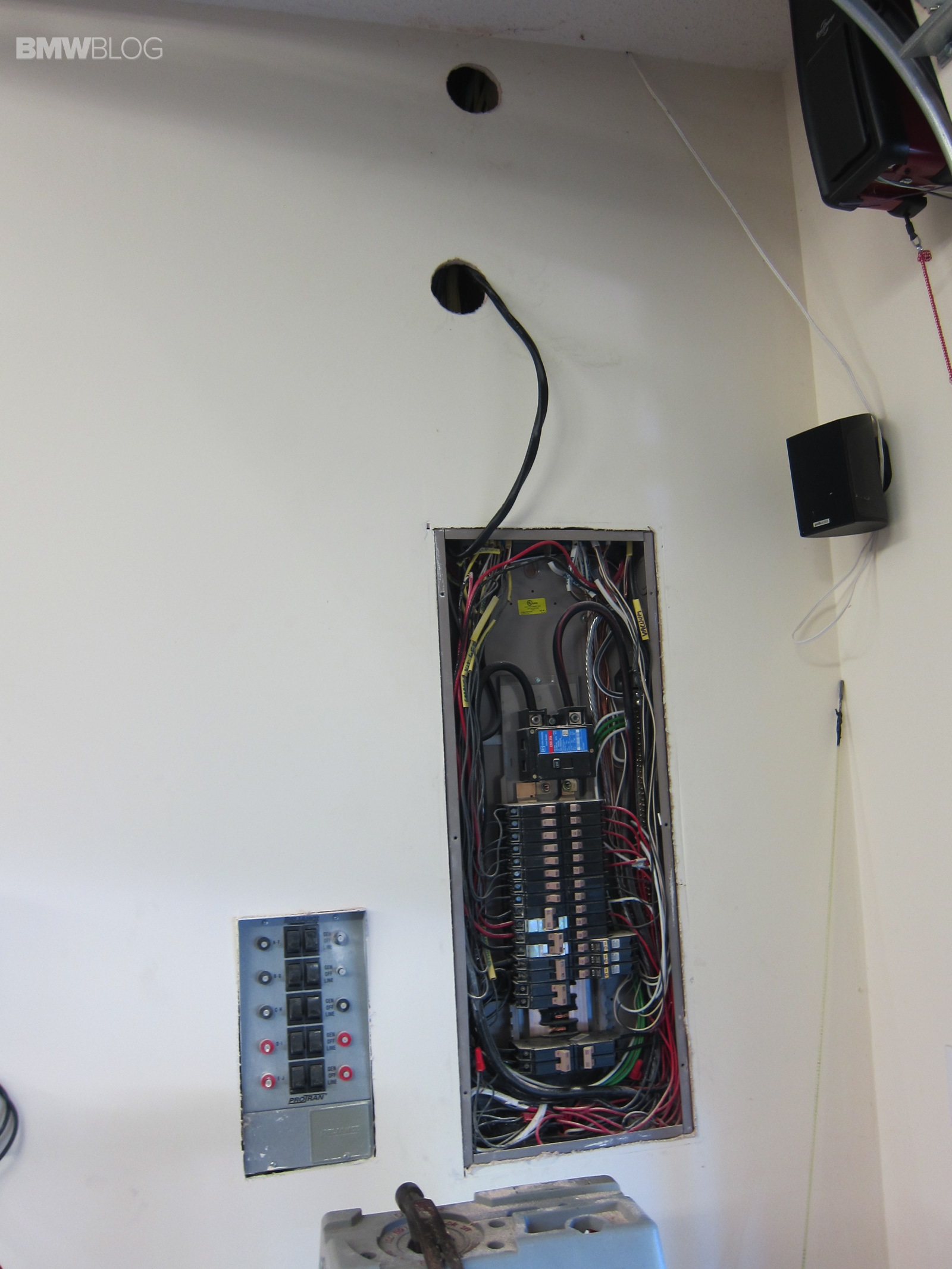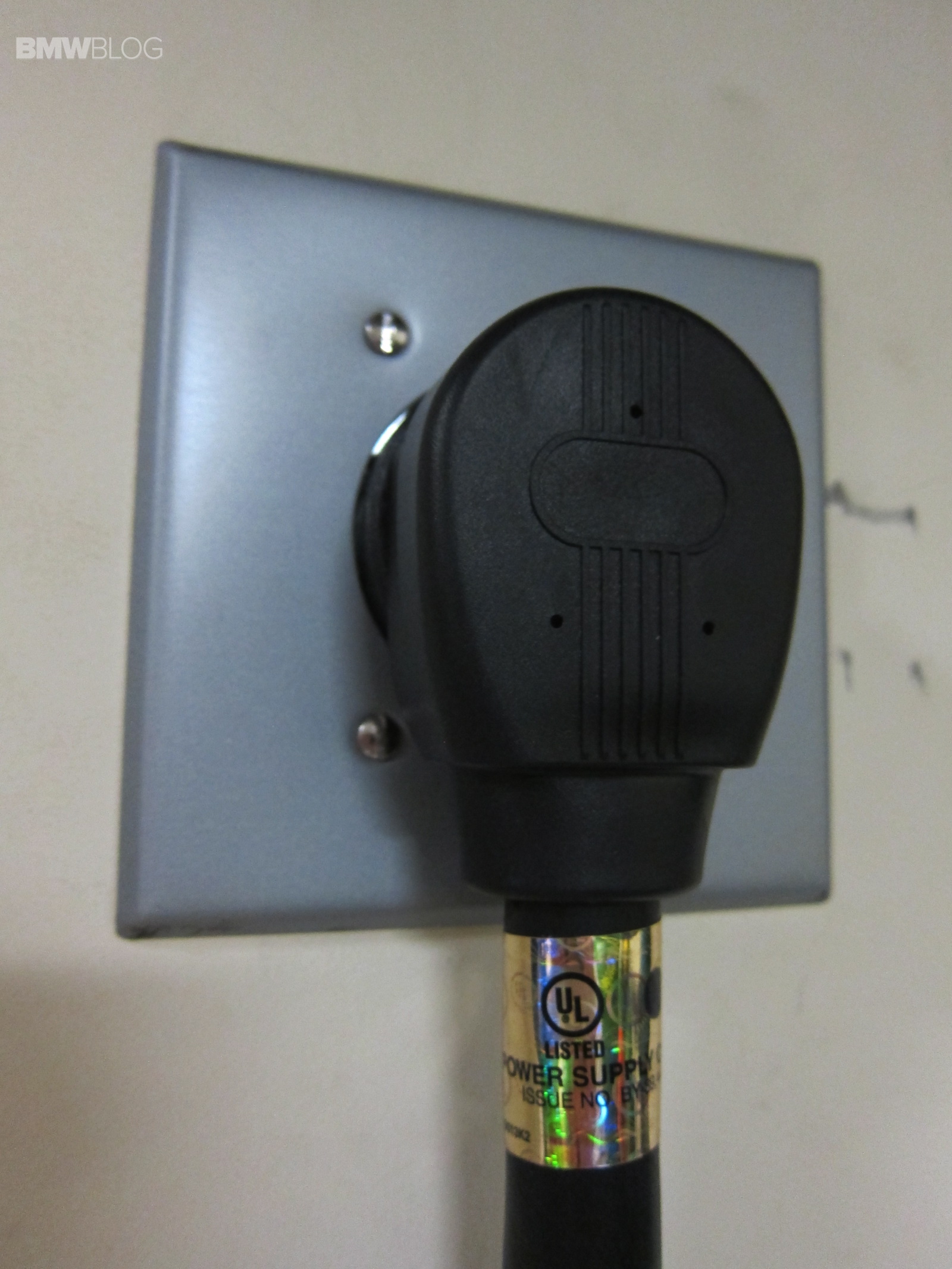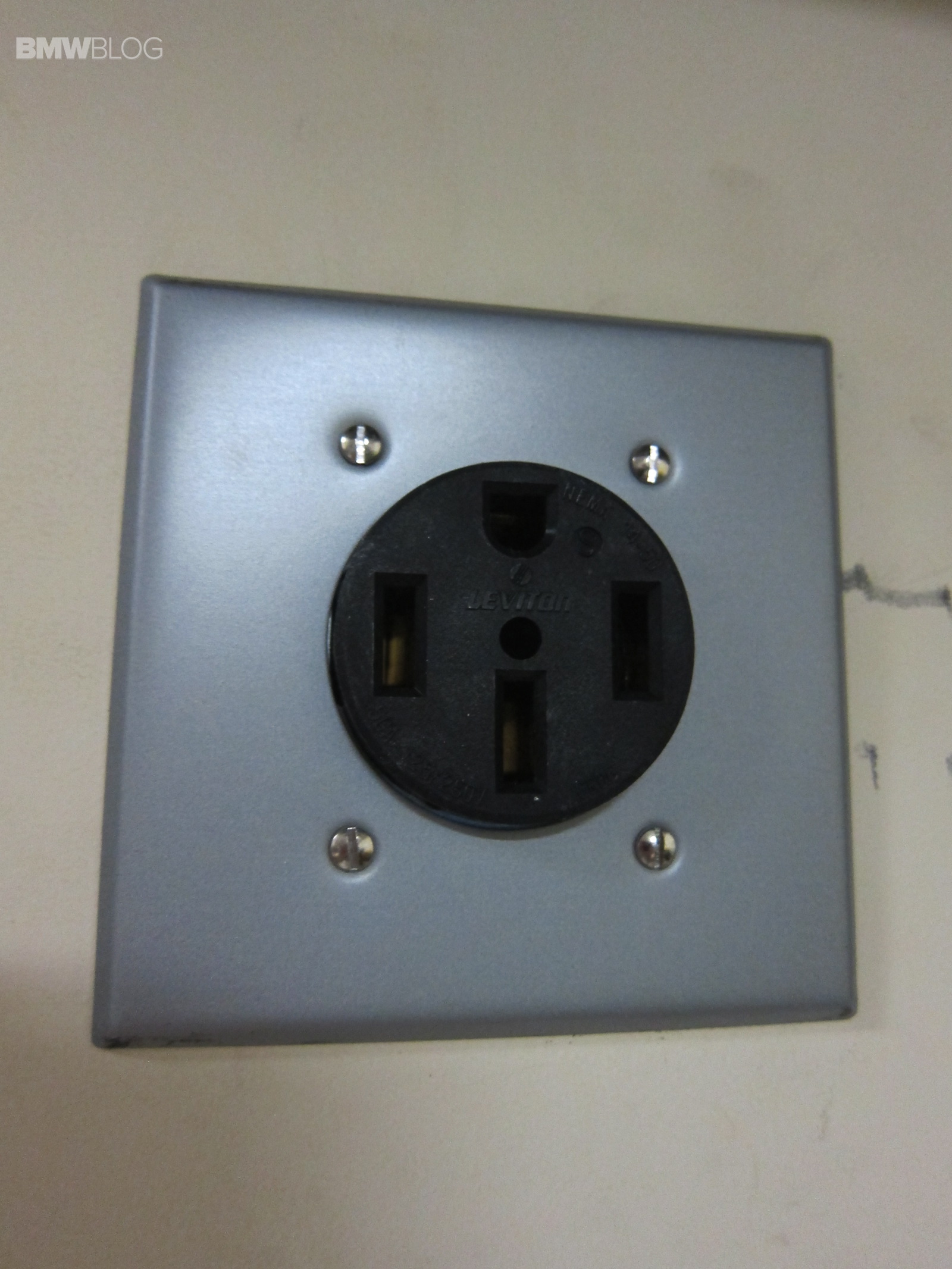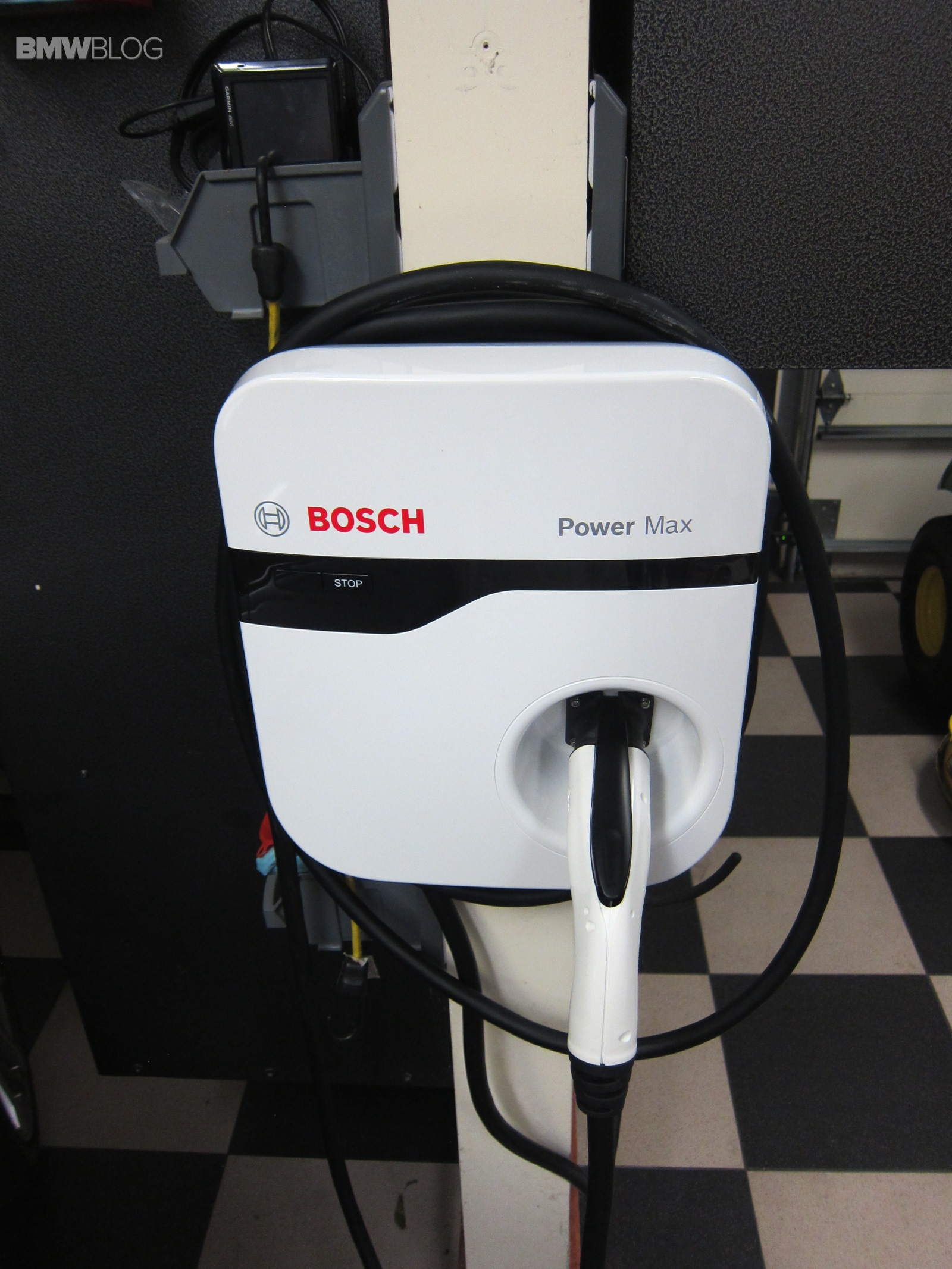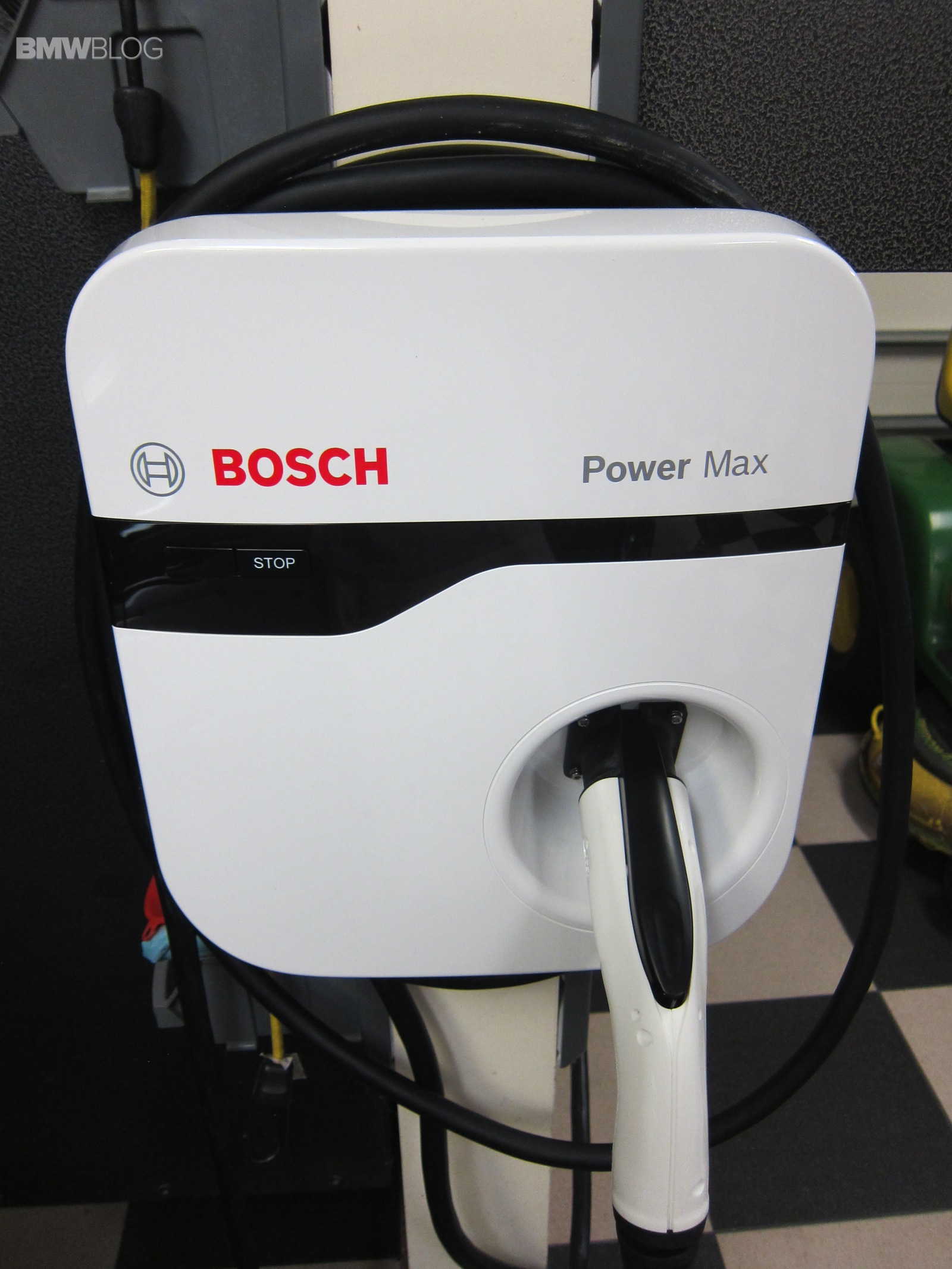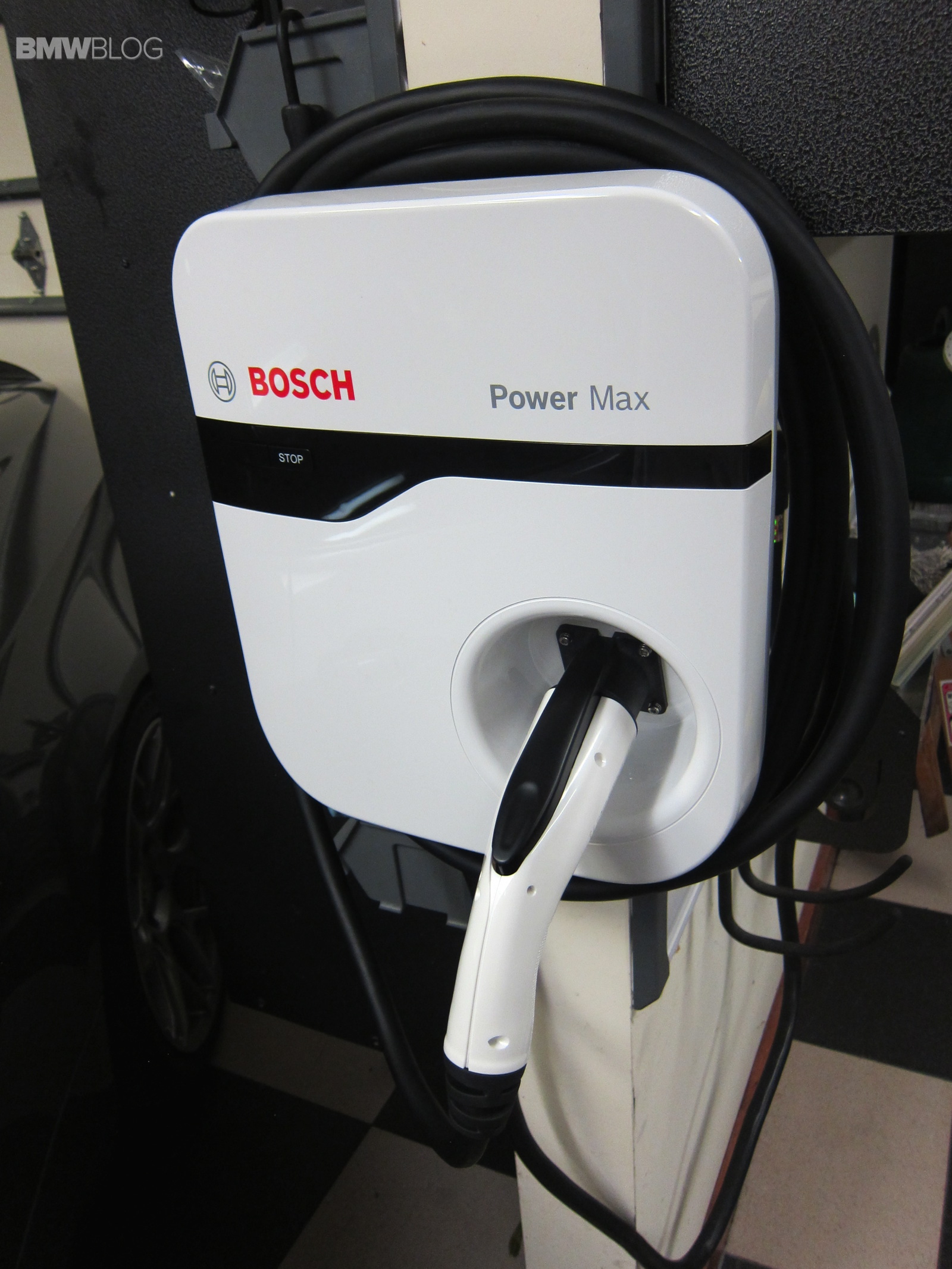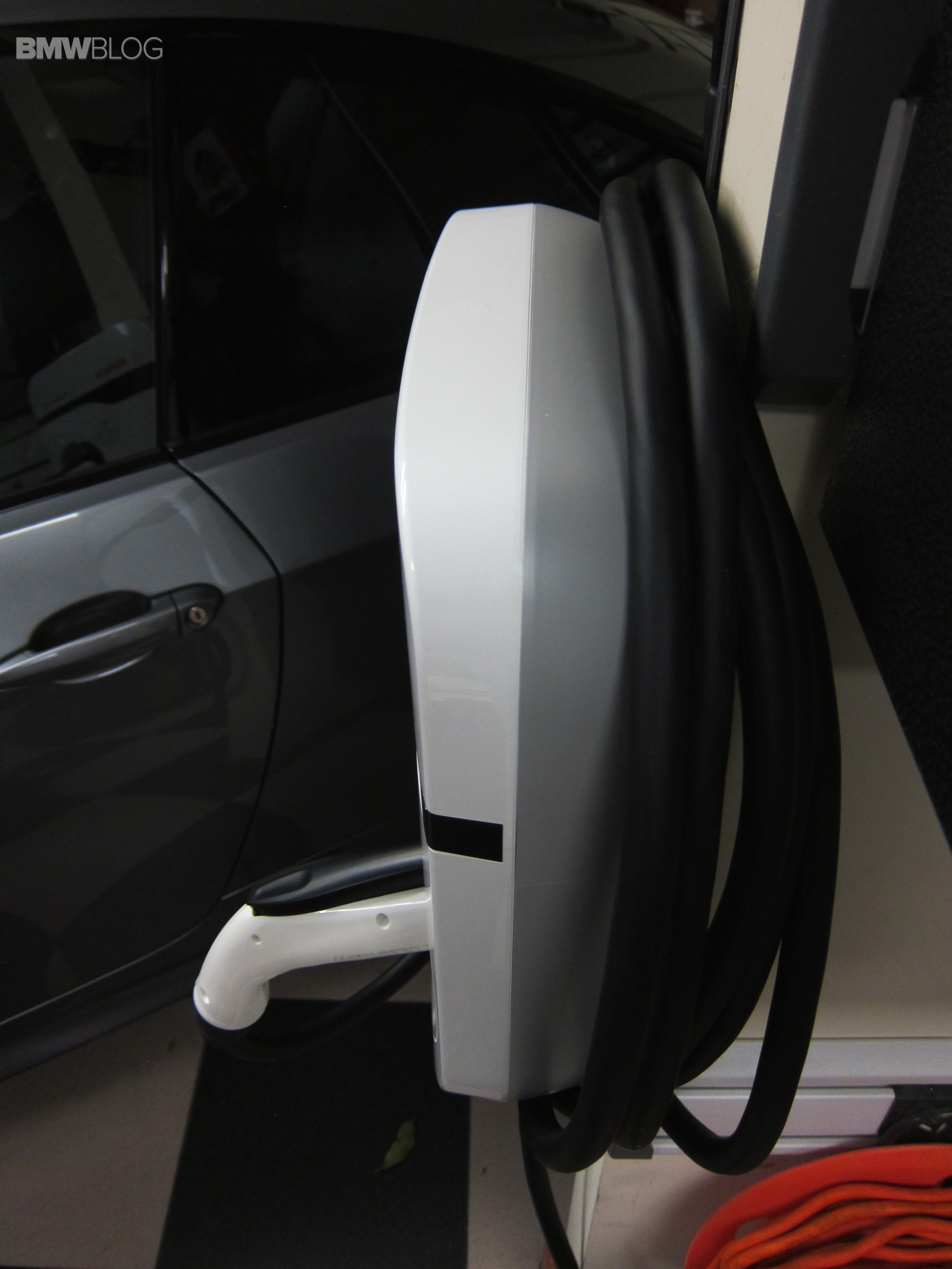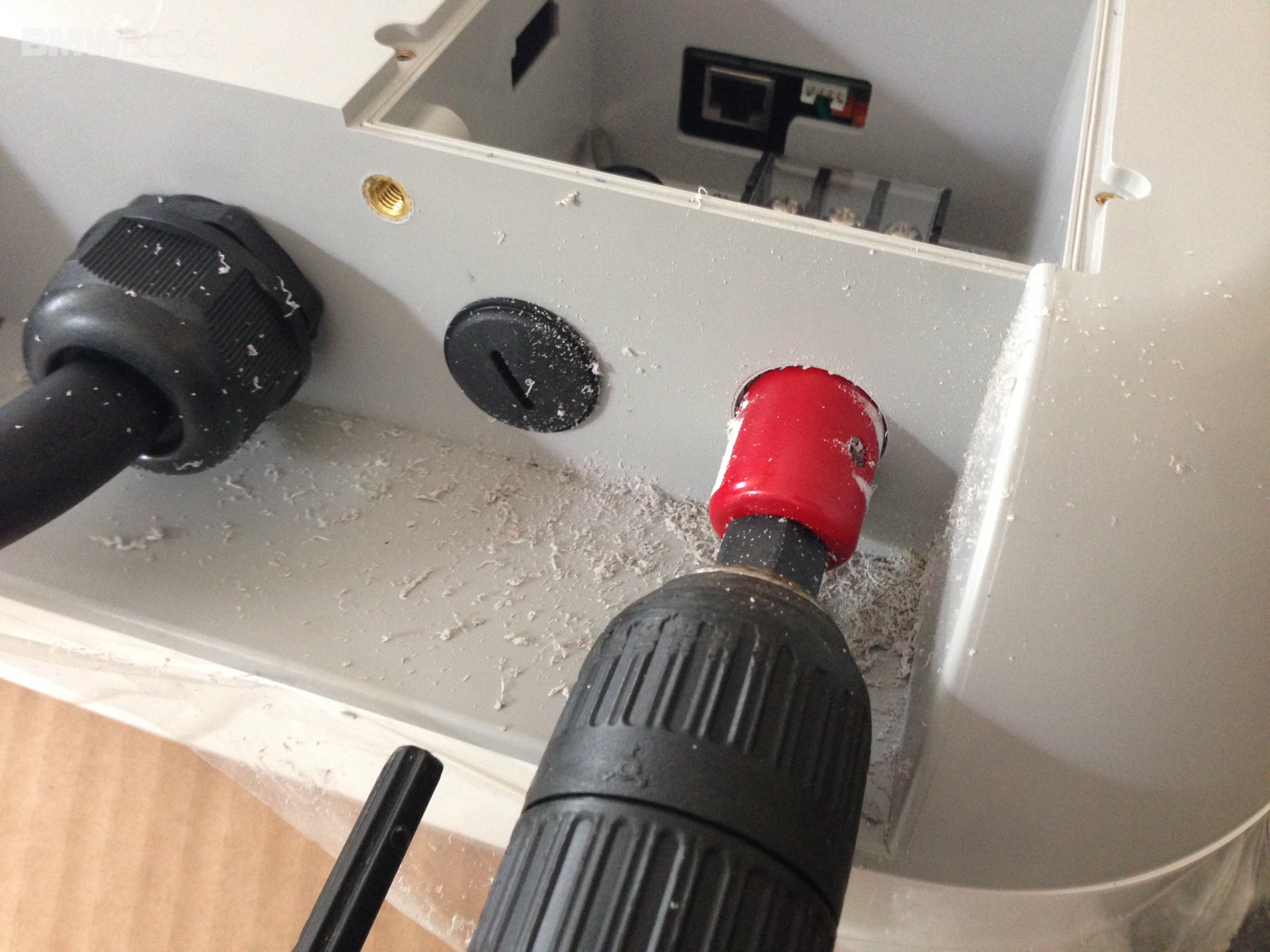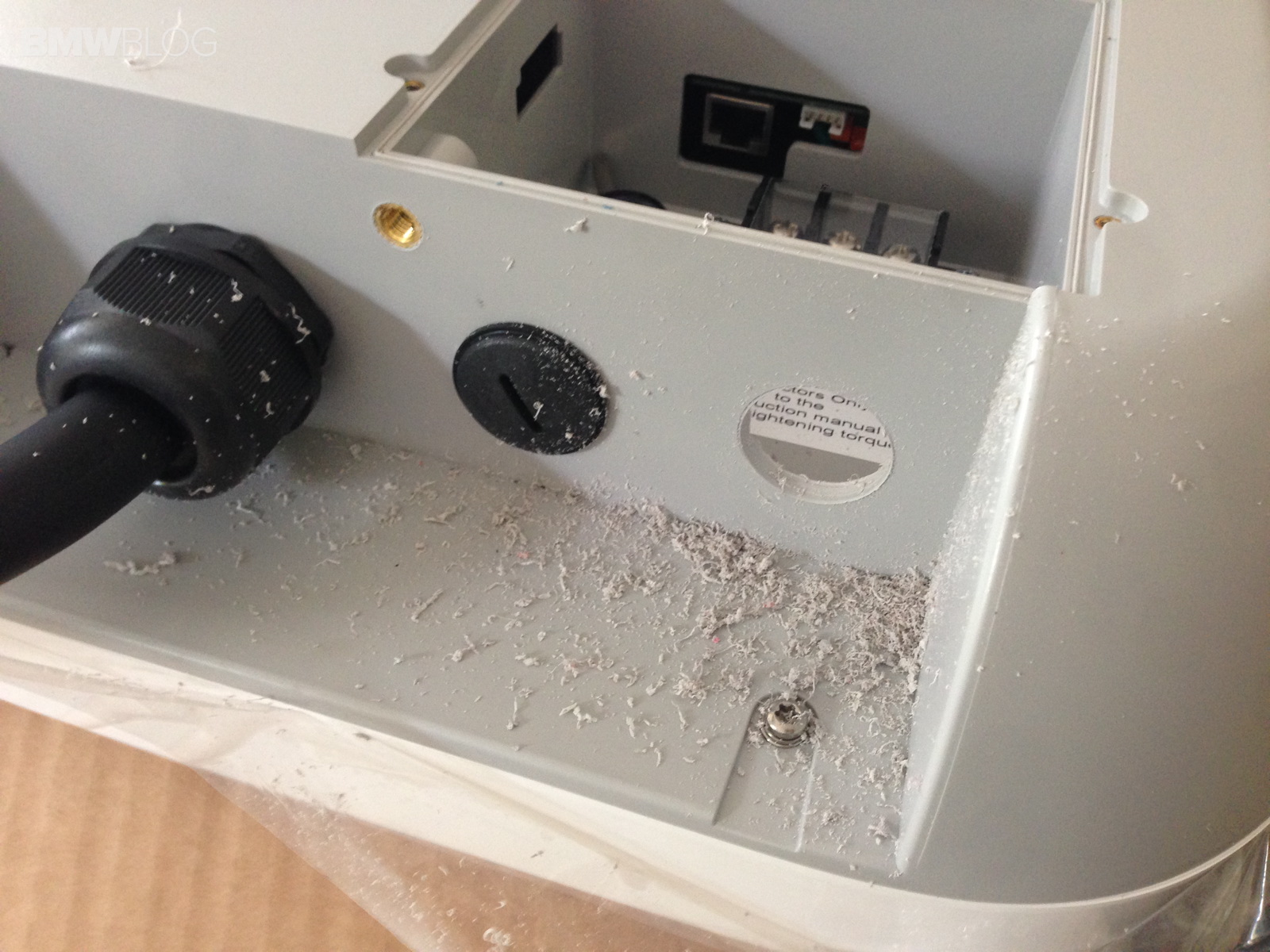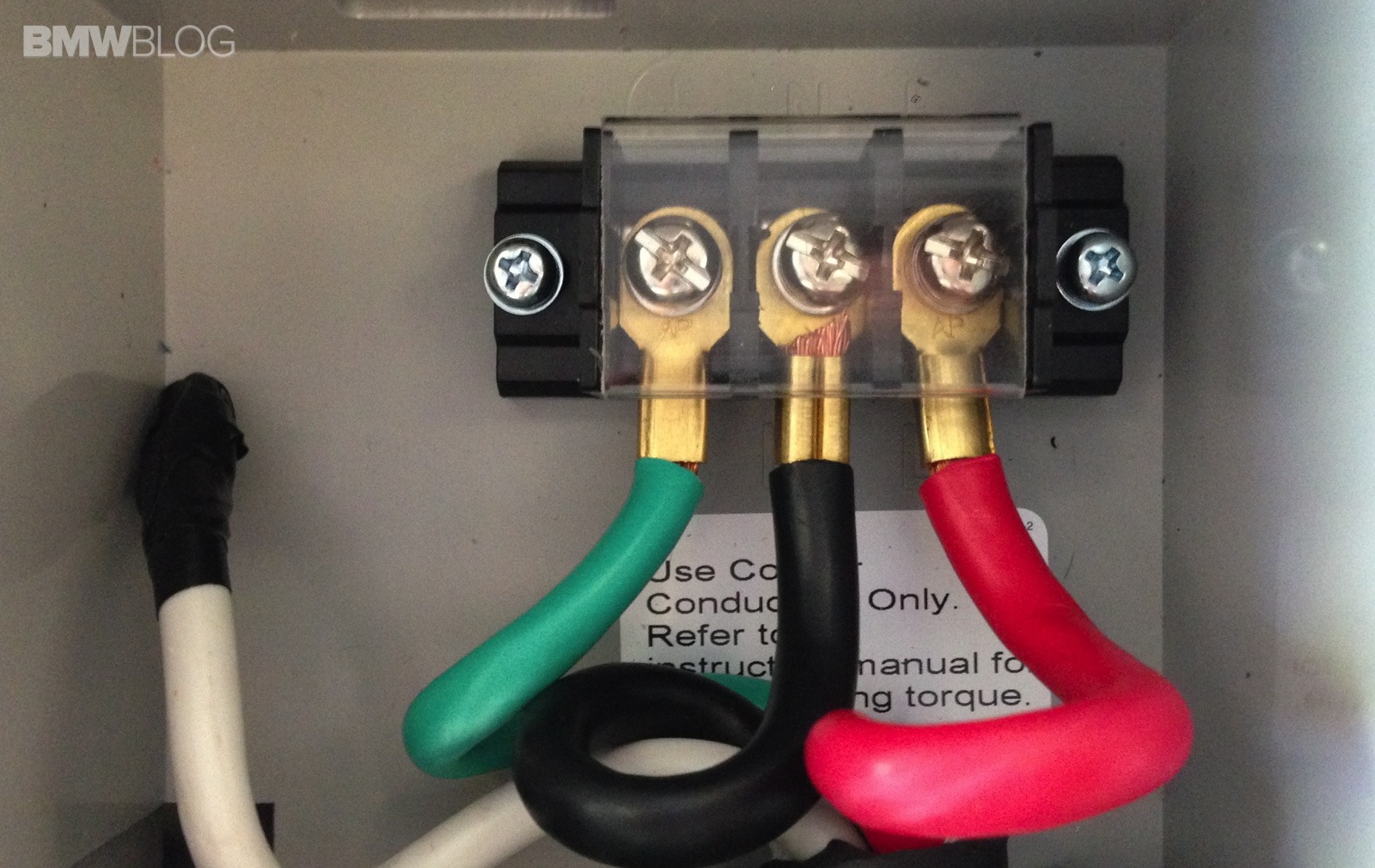Correction: “L2 chargers actually charge 4x faster compared to L1 since power is proportional to voltage squared.” Ironically, it was easier to decide to purchase an all electric Solar Orange BMW i3 than it was to decide on which Level 2 Charger to buy. BMW sells a very nice looking charger, the BMW i Charging Station, for $1,080 and as with all other chargers installation is extra. However, it was the BMW Wallbox Pro which BMWBLOG reported on from the BMW i8 launch back in April that I really, really wanted.
I was super excited about this particular one because we have a newly installed 12kW solar system in our house and I relished the idea of being able to program where the electricity was to come from to charge our Solar Orange i3. Sadly, this fantastic device is still not available and now word on when it will be.
So Many Options In The World Of EV Chargers
When looking at an electric car charger, it helps to know a bit of the lingo. EV nuts are very particular about their verbiage. Though commonly called a Level 2 Charger, the proper term is Electric Vehicle Service Equipment (EVSE) because the actual AC to DC conversion occurs on board the EV itself. It will be hard to break the public of the habit of calling them Car Chargers, as that’s what manufacturers call them.
Hitting on the basics of electricity supplies, in the United States a 120V is a common household plug, and 240V is what is used for household electric ovens, dryers and air conditioning units. A 240V outlet can charge an electric vehicle twice as fast as the 110V. A Level 1 Charger, which uses a household 110V current, is good when you are in a pinch – BMW even calls it an “occasional charger” so you get the hint that you need a Level 2 Charger.
When it gets to where electricity meets the EV, the SAE J1772 Charging plug is standard for all electric vehicles except the Tesla cars which have a proprietary charging plug. Thanks Elon!
Why Do I Need A Level 2 Charger?
There are DC chargers too but they are 480 volts and cost around $8,000. Thankfully the Rapid DC chargers are becoming more common at commercial charging sites on the East and West coast. The DC Charger, CHAdeMO aka a Level 3 Charger, can pump a stunning 62.5 kW of direct current right into the battery.
On the BMW i3, it does require an optional $700 factory connector. I am told that this is factory installed only, if you don’t get it at manufacturing of your vehicle, you cannot retrofit it.
There are more Level 2 Chargers available than I would have thought. See our table for the most popular ones out there.

BMW i Charging station is 30-40% more expensive than all the other units, so it was immediately at a disadvantage. As Bosch is the manufacturer of BMW’s i Charging Station, I was immediately drawn to it. Bosch’s charger is a much smaller unit with a center holster that docs the J177A Charging Plug. The unit is available with a 18 ft or a 25 ft long cord.
The Siemens unit has a very German efficient layout while the GE one looks just like the one that Porsche uses for their plug-in hybrid cars. There’s also a very robust unit from Clipper Creek, the HCS-40 but I didn’t like the lack of contained plug doc and it’s rather unattractive compared to the other units.
The Bosch charger has a LED indicator flashing blinking green when you are charging. It also has an unit On/Off switch on the side to keep it from using any power when not in use. Bosch offers a 3 year warranty when installed by Bosch or 1 year if you do it with your own electrician.
One of the main reasons I went with the Bosch was itself contained connector dock which looks better and protects it from accidental drops. The cord also neatly stows wrapped around the unit. The size of the charger is on the small side: 16” by 14” x 5”. The BMW charging unit, on the other hand, is the size of a pay phone, if you remember what those look like.
Ultimately we elected to go with the Bosch 25’ as everything I’ve read said get the longest cord you can.
Installation of Bosch EL-51254
Level 2 Chargers require a dedicated 40amp 240V circuit. Here is where costs for installation can be all over the map. If you don’t have enough capacity in your house, you need to upgrade the whole electric service to the house. Ka-ching!
In my opinion, you need at least 200amp service to your house to be able to add a 40amp circuit. Some older houses only have 100amp service. The second biggest cost determinate is how far you have to run the wires from the breaker box. In my case, it was about 30 feet through two finished walls and a crawl space above the garage. If you have an unfinished wall where your breaker box is, and you’re just gonna pop-out the side and place the charger right there, it’ll cost much less.
Take home lesson is: not all 240V circuits are the same. I had this grandiose plan of installing the whole thing myself, until I learned I needed 8 Gauge wire. I had planned on just using the wire from my 2-Post lift in the garage by redirecting it but this is only on a 20amp circuit. Seriously, unless you really know what you are doing, call a professional. I’ve done 110 circuits myself in the past but still called in a professional just to make sure I didn’t kill a brand new car.
NEMA 14-50
Good grief, the EV terms just don’t end.
NEMA 14-50 was not a term I was familiar before this electric journey I’ve undertaken. Anyway, it’s the way I decided to get power to my Level 2 Charging unit. The benefits of connecting a Level 2 charger this way are multiple. The biggest of which is you can simply unplug the device if you move versus call an electrician.
A bonus is when a buddy with a Tesla Model S shows up in your drive way, you can unplug your charger and have the Tesla plug directly into the NEMA 14-50. Same goes for the in-laws RV or even a welder. If you hardwire your Level 2 Charger, you loose all that flexibility. Once my electrician had the 14-50 receptacle all wired up, I sent him on his way with a check for $318.60 and I finished the rest of the install.
In order to connect our Bosch Level 2 charger, I had to add a NEMA Plug which was not included. It cost $23 from Lowes, and can handle 50 amps. A “range” plug they call it.
How hard could it be to install? Well, it sucks!
There’s no color coded labels to tell you where to put your white/red/black and green wires in the back panel of the Bosch unit. In fact, there are only three spots for wires and I have four hanging off the plug. Hmmm. I pull out instruction manual and it says L1, L2 and N. Hmmm again. Maybe I shouldn’t have sent the electrician away.
No fear. I’ll call Bosch.
I get a someone on the phone from tech support and, I am not making this up, they say “call an electrician.” I ask, “I am on the phone with tech support for an electric car charger and you cannot tell me how to deliver electricity to it?” They answer: call an electrician. Nuts. I love the Untied States of Attorneys.
I hung up and saved my choice explicatives for the crickets in the garage. No fear, because I tapped the BMW i3 Facebook Group and rapidly got the answer I wanted. L1 and L2 are red/black, and N was green. I am just telling you what I did and electric codes could be different in your area. I had to drill out the bottom plastic section of the Bosch unit so the wires could come straight out of the bottom of the unit. It required a fancy $5 1” drill bit from my hardware store.
Hanging the unit was simple. A level two number 8 wood screws went into a stud to secure the metal bracket to the wall and then three torx T30 screws holding the unit to the metal bracket. Then plug the unit into the NEMA 14-50 plug. Since our BMW i3 wasn’t yet delivered to our dealer, they were kind enough to let me test drive one and make sure the install went fine. Read our experience of BMW’s 3 day extended test drive here.
There are lots of choices for Level 2 EV chargers and lots of ways to install them. This was a description of my journey which one worked for me and why. It also gives you an idea of what installation can be like. Installation charges can vary from a couple hundred dollars to over a thousand if you need to upgrade your electric service.
COSTS:
Bosch EL-5124 Level 2 Charger – Amazon for $792.95 including tax/shipping.
NEMA Pig tail for $23
Electrician bill of $318.60 for 40 amp circuit, 35’ of 8 Guage of wire, and labor
TOTAL: $1,134.55
See the full installation with images:


